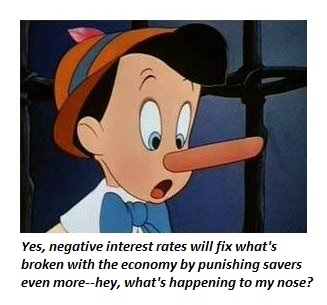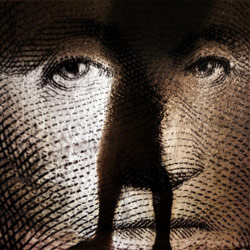For the benefit of non-subscribers, there are two versions of the Financial Times newspaper. One of them is the hard copy edition, still printed on pink paper, an exact digital replica of which is available on the paper’s website to subscribers. The second is the website itself, at www.ft.com. The difference between the two is subtle, but crucial. In the formal, hard copy edition, ‘reader response’ is strictly edited and controlled. Occasionally a despatch critical of one of the paper’s columnists (normally and deservedly Martin Wolf) will make its way through enemy lines, but as the ‘edition of record’, hostility to and criticism of the newspaper’s editorial staff is, as you might expect, strictly rationed.
On the website, however, the gloves come off.
Last week the FT published an article, ‘Central banks: negative thinking’, co-authored by Robin Wigglesworth, Leo Lewis and Dan McCrum, that was atypically sceptical of the received wisdom on QE (i.e., that it works). The article began, as is probably compulsory these days, in Japan:
“Forums have seen a flood of commentary from Japan’s retirees decrying negative rates and the “torture” that the BoJ’s policy is already inflicting..
“The Japanese can be conservative at the best of times, and few think these are the best of times.”
But as the authors rightly point out, Japan is not the only country affected by negative interest rates, a policy that John Stepek, the editor of MoneyWeek, has nicely called
“the weaponisation of compound interest”.
As Messrs Wigglesworth, Lewis and McCrum rightly observe,
“With quantitative easing seemingly losing its power to dazzle markets, and many governments either unable or unwilling to countenance raising spending, central banks have felt compelled to try new tools.”
…click on the above link to read the rest of the article…




 A black hole opens up in the world of centrally planned money Illustration by
A black hole opens up in the world of centrally planned money Illustration by  A good reason to break into song… Cartoon by
A good reason to break into song… Cartoon by 





